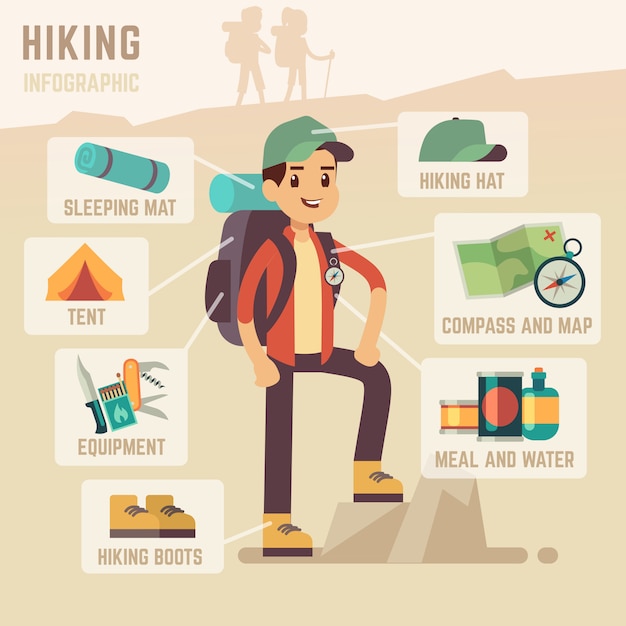How To Capitalize By Selling Camping Tents Online
How To Capitalize By Selling Camping Tents Online
Blog Article
The History of Bell Tents
The conelike shape of a bell tent makes it one of the most successful shelter styles in background. Understood by lots of names, consisting of the Tipi, Pal, Goahti, Lavvu, or Nentsi, these single-pole cotton canvas tents were developed with practicality in mind.
What canvas is used for tents?
Their simpleness and simplicity of setting up made them excellent for societies on the move. This same functionality caught the eye of recreational campers, who soon incorporated short walls to create a classic outdoor tents layout that we currently called the Bell Outdoor tents.
Beginnings
Bell outdoors tents are an attempted and examined kind of instantaneous holiday accommodation. Their sizable insides and sensible layout-- they are strong, simple to set up and can endure strong winds due to their iconic bell form-- have actually made them a preferred selection for outdoor camping and glamping.
The modern-day bell camping tent traces its origins back to a 19th century armed forces camping tent developed by Henry Sibley. He adapted the design of the American Indian tipi to create his one-of-a-kind outdoor tents which was after that taken on by the military for use in military camps and expeditions.
The principles of this outdoor tents-- sturdy and challenging canvas giving a home-away-from-home for visitors-- have been fine-tuned in time to accommodate the needs of modern campers. As an example, modern-day glamping camping tents provide facilities such as rugs and beds to enhance the convenience of campers. These functions likewise assist to maintain the integrity of the original layout and shield against the elements.
Army Usage
In the 19th century, bell camping tents were first utilized as military area sanctuaries. They were a popular choice due to the fact that they were durable, large, and easy to set up. Today, these outdoors tents are preferred among campers and glampers for their stylish and sensible style.
They are likewise widely made use of in armed forces and rescue operations, where fast implementation is essential. Their simple framework implies that they can be set up in a brief amount of time, giving employees more time to focus on the goal available.
The bell tent is usually made from a strong and weatherproof canvas, with a centre pole that's supported by a collection of pegs. Duration prints show that these outdoors tents were shaped more like a cone than a squat framework, and the walls were tiny in connection with the height of the facility pole. This allowed them to stand up to wind and rain. They were often utilized by the ANZAC troops on their explorations across Europe and Gallipoli.
Glamping
Glamping is a contemporary outdoor pastime that has come to be progressively popular. Individuals from all walks of life camping toilet are seeking a way to appreciate the outdoors in comfort and design. Whether it's a romantic vacation or a family outdoor camping trip, a high quality tent can make all the distinction.
A bell tent's round form assists with security in windy problems, while its spacious inside can accommodate lots of people. It is also simple to establish, needing only a main pole and a conelike canvas roofing system that resolves into a vast base.
The bell tent was developed by Henry Hopkins Sibley, an US Army soldier that served on the Texas frontier in the 1850s. He took motivation from tipis he saw, and developed a style that was durable and conveniently transportable. His outdoor tents was patented in 1856.
Contemporary Use
Today, bell camping tents are a staple in store camping websites, festival lodgings, and as classy outdoor sanctuaries for weddings or resorts. Their fashionable, timeless styles mix tradition with modernity, making them a preferred amongst those searching for special and comfy accommodations that are both aesthetically attractive and remarkably easy to set up.
The modern-day bell tent traces its origins back to standard tents used by nomadic people in Northern Europe, yet experienced its heyday around the 19th century when canvas replaced animal hides as the key product. This change, integrated with a sensible layout that prioritizes clearance, saw the appearance of a popular armed forces area sanctuary and, later on, the renowned camping tent we understand as the bell.
In the 1850s, a United States Army soldier named Henry Hopkins Sibley created the very first contemporary bell outdoor tents. Attracting inspiration from the tipis he had seen on the Texas frontier, his new outdoor tents made use of a single central pole and vents to create a structure that was both long lasting and conveniently portable.
Are Bell Tents good in wind?
